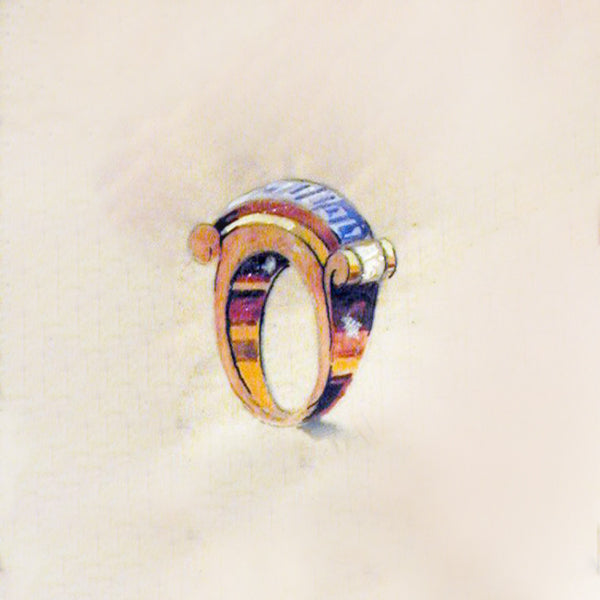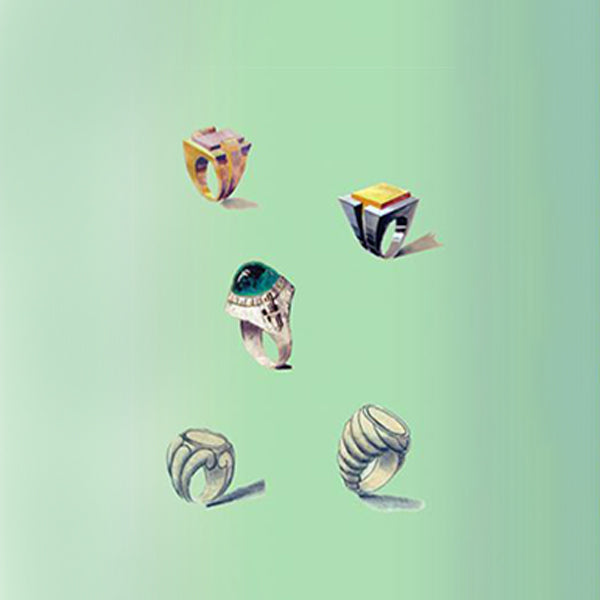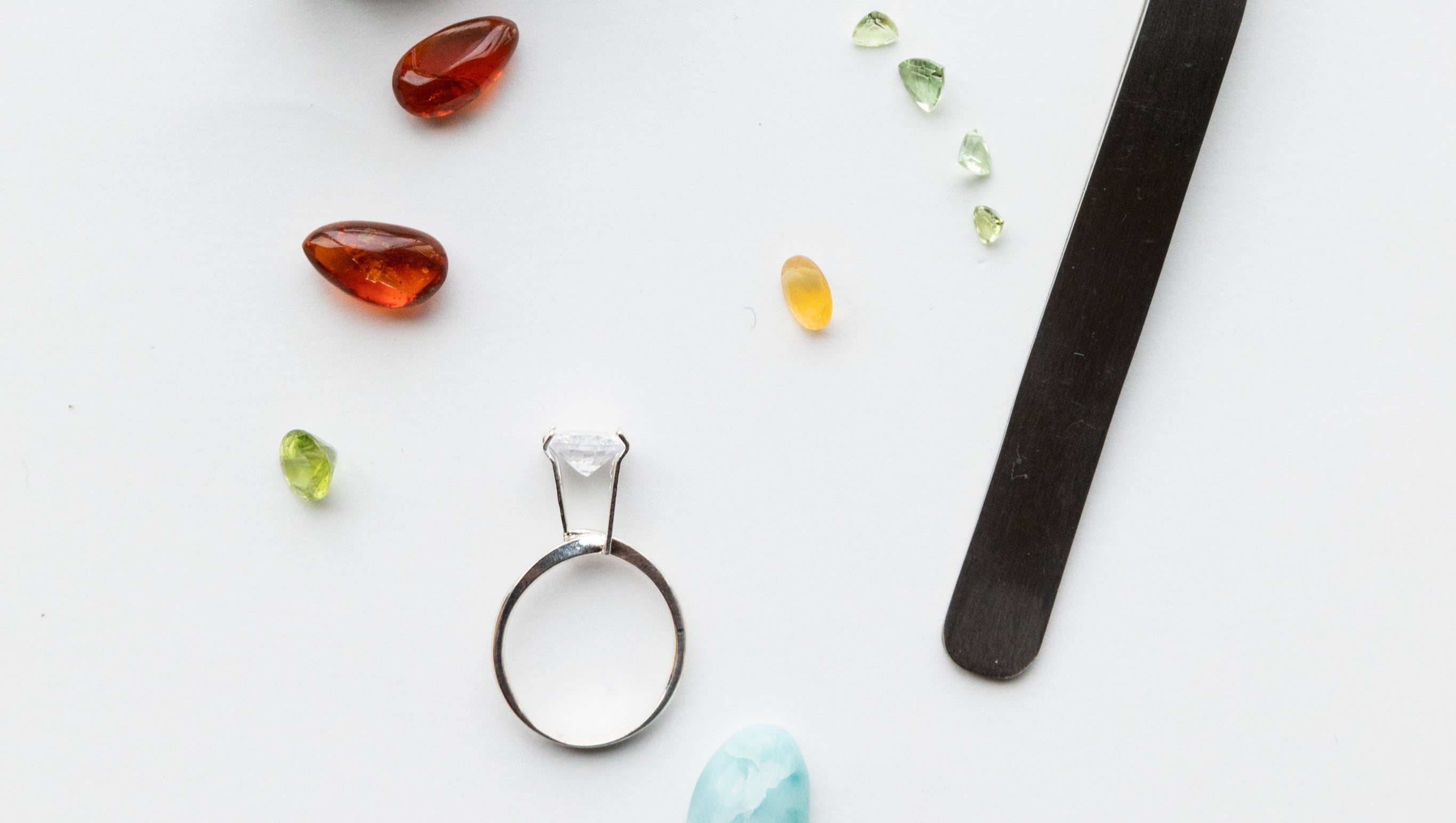The History of the Art Deco Art Movement
The term Art Deco refers to a design movement from the period between 1920 and 1940 that extended to a wide variety of areas of life. Art Deco was widespread in architecture, fashion, furnishings, cars and even jewelry.
Art Deco is derived from the French arts décoratifs (decorative arts). This name was given in reference to a Paris exhibition in 1925, which was called "Exposition internationale des arts décoratifs et industriels modernes". Many works of art in Art Deco design were shown there.
The metropolis of Art Deco was undoubtedly Paris, but the origins of this style lie in Vienna, when the Wiener Werkstätte was founded in 1903.
stylistic features of Art Deco
Art Deco drew its inspiration from a wide range of contemporary and very old art movements, which is why it is a very multifaceted style. The basic concept was taken from Art Nouveau, the dominant art movement at the turn of the century. Its motto was "l'Art pour l'Art" (art for art's sake).
In addition to the contemporary styles of Neoclassicism, Constructivism, Cubism, Modernism and Futurism, Art Deco also received inspiration from current archaeological excavations of Egyptian, Aztec, Roman-Greek and Babylonian art.
What was very important in Art Deco was the use of precious materials, the choice of intense, sensual colors and the elegant design of the art objects.
Art Deco often featured floral, flat and striking ornaments as well as geometric shapes. The lavish variety of Art Deco was interpreted by some as a reaction to the forced deprivations during the First World War.
Art Deco in the Art of Jewellery

In the field of jewellery, Art Deco is also characterised by a bold choice of colours and its proximity to geometry in the various circles, triangles and squares, which often form intricate patterns when combined with one another.
In Art Deco, great importance was placed on the preciousness of the materials used; diamonds, emeralds , sapphires and rubies were particularly popular. Popular motifs for jewelry were animals, plants or abstract ornaments.

